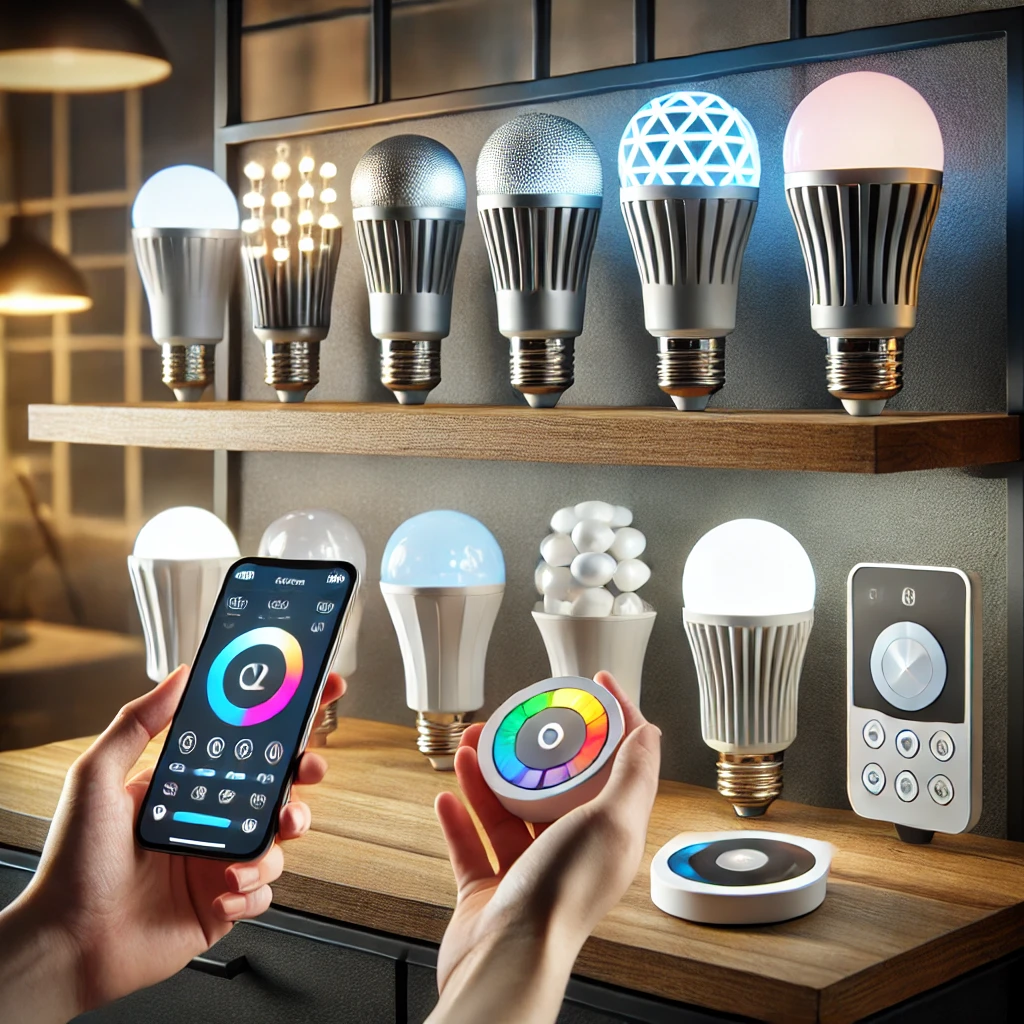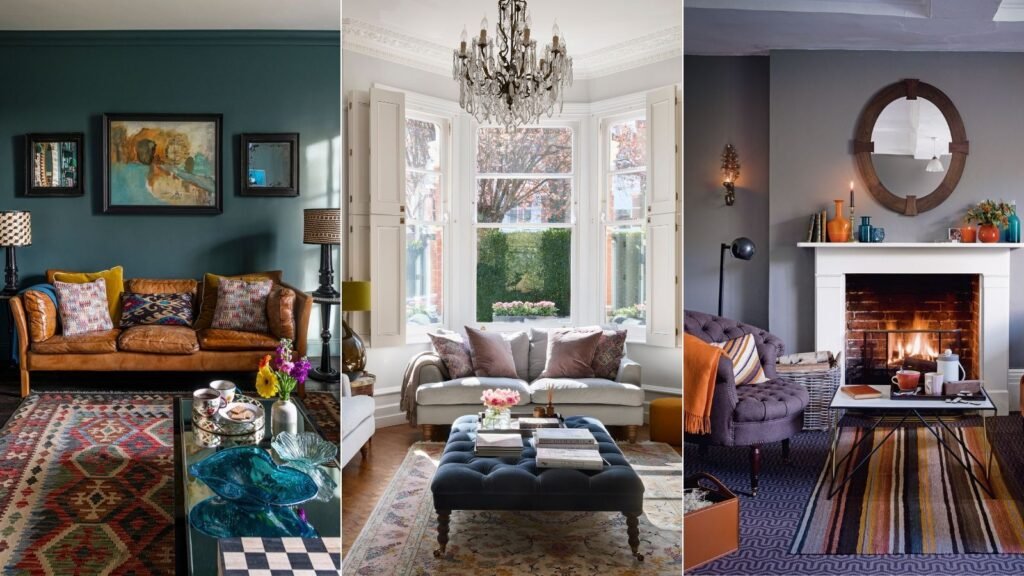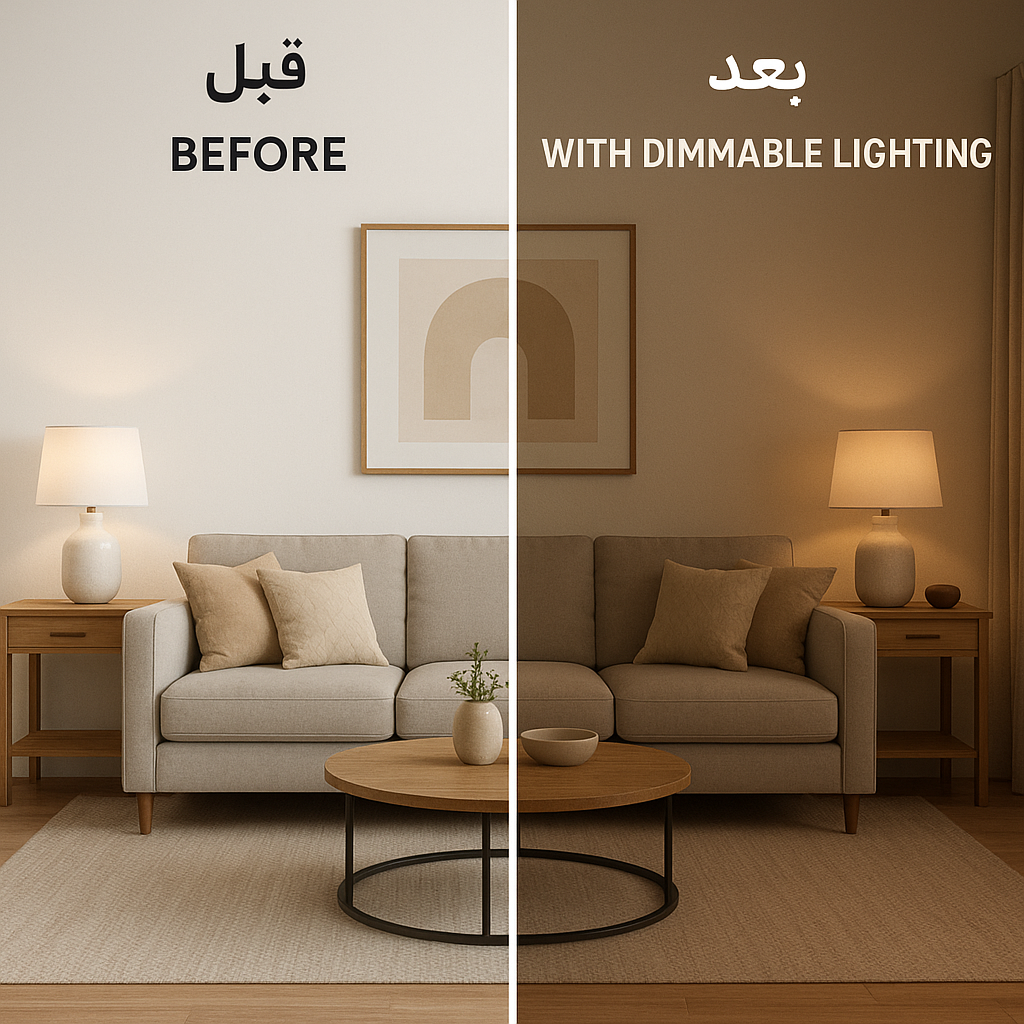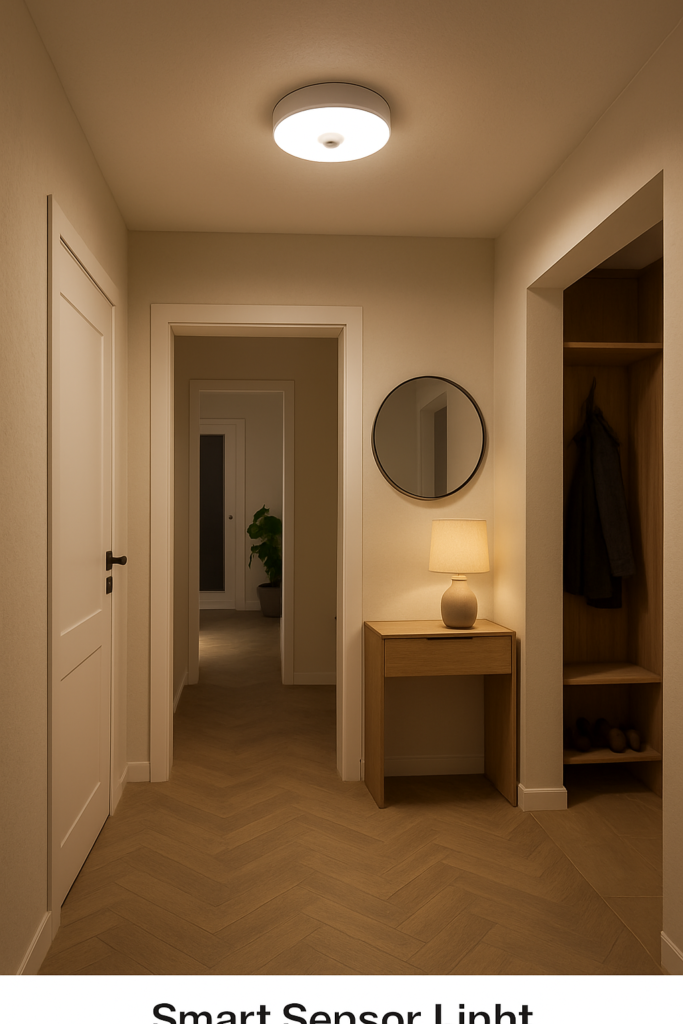
Enhancing Your Home with Automated Lighting
Integrating with home automation systems is revolutionizing the way we interact with our living spaces. Imagine walking into your home and having the automated lighting system automatically adjust to your preferred settings—no more fumbling for switches! By syncing automated lighting with smart home systems, homeowners can achieve greater energy efficiency, enhanced security, and increased convenience.
What Are Automated Lighting and Home Automation?
Automated Lighting for Smart Homes
It can be controlled remotely via apps or voice commands. Features include dimming, color changing, and scheduling, making them an essential part of a lighting automation setup. With smart lighting, users can set specific lighting preferences for different times of the day.
How Home Automation Works with Automated Lighting
Home automation integrates smart devices, allowing control of lighting, security, and heating through platforms like Google Home, Amazon Alexa, and Apple Home Kit. It enhance user experience by providing seamless control over brightness and ambiance.
Benefits of Integrating Automated Lighting with Home Automation
Why Automated Lighting with Smart Home Systems is a Game-Changer
offers multiple benefits, from improved energy efficiency to enhanced security and convenience. Here’s why you should consider it:
1. Energy Efficiency and Cost Savings
- It ensures lights turn on only when needed, reducing unnecessary consumption.
- Use of smart LED bulbs to lower electricity bills and improve sustainability.
2. Enhanced Home Security
- Automated security lighting can simulate occupancy when away from home.
- Integration with security systems allows instant lighting activation in emergencies.
3. Customizable Lighting for Comfort and Convenience
- Voice-controlled enhances ease of use.
- Automated brightness adjustments create the perfect ambiance based on activity or time of day.
4. Automated Lighting for Better Sleep and Health
- Reduce blue light exposure in the evening to improve sleep quality.
- Wake-up lighting automation gradually increases brightness to mimic natural sunrise.
Key Features
Compatibility with Smart Home Platforms
Choose lighting compatible with Google Assistant, Alexa, and Apple HomeKit to maximize the integration.
Smart Connectivity Options for Automation
- Wi-Fi connectivity for remote control.
- Zig bee and Z-Wave protocols for more stable connections in lighting automation.
Advanced Sensors and Automated Controls
- Motion sensors to enhance energy savings and optimize automated lighting.
- Automatic brightness adjustments based on ambient light conditions for lighting automation efficiency.
How to Integrate with Home Automation

1. Selecting the Right Automated Bulbs and Fixtures
- Ensure compatibility with your home automation system for a seamless experience.
2. Setting Up Control Hub
- Some systems require a bridge, like Philips Hue, for seamless operation.
3. Automating Lighting Schedules for Daily Routines
- Customize automated lighting schedules for different modes such as work, relaxation, or sleep.
4. Integrating with Other Home Devices

- Connect it with cameras, smart thermostats, and security alarms to enhance your smart home system.
5. Optimizing Energy Consumption with Automated Lighting
- Program automated home lights to turn off automatically when leaving home to maximize efficiency.
Future Trends in Home Automation
- Integration with renewable energy sources for greater sustainability.
- Enhanced voice recognition for seamless hands-free control in lighting automation.
Frequently Asked Questions (FAQs)
1. What are the best automated lighting brands for home automation?
Some of the top brands include Philips Hue, LIFX, TP-Link , and Nano leaf. They offer a variety of automated bulbs and automation features.
2. Can I integrate automated lighting with my existing home automation system?
Yes! Most automated lighting systems are compatible with platforms like Google Home, Amazon Alexa, and Apple Home Kit.














